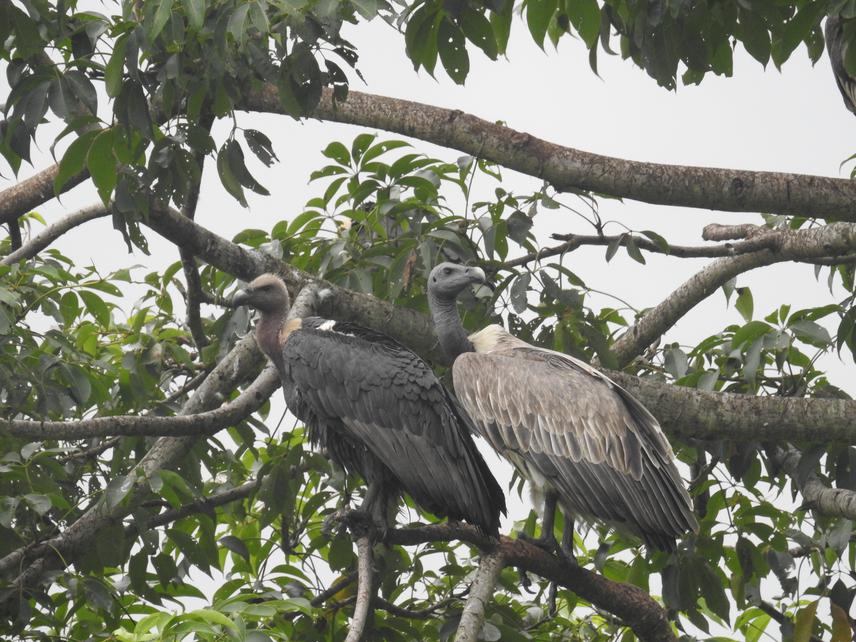Hemanta Dhakal
Other projects
18 Aug 2016
Participatory Conservation and Ecological Monitoring of Critically Endangered Slender-billed Vulture in Kaski, Nepal
10 Jan 2024
Boosting Nationwide Vulture Conservation by Connecting People, Government and Development Projects through Monitoring and Awareness Workshops
We aim to collect more baseline data on nesting and breeding success of SBV in western Mid-hills of Nepal. We will organize community based conservation campaigns with massive awareness/advocacy in the SBV breeding and feeding sites. Questionnaire survey will be conducted to collect people attitudes towards vulture conservation. Threats to vulture will be analyzed and possible solutions will be recommended. We will conduct community conservation awareness program and publish a hand book on vultures of Nepal. The expected findings will be used to design conservation action plan and newly formed campaign group/community for regular vulture monitoring in post-project.

The population status of critically endangered Slender-billed Vulture Gyps tenuirostris (SBV) in Nepal is estimated 50 individuals existed after rapid decline due to non-steroidal anti-inflammatory Drug (NSAID) Diclofenac (Oaks et al. 2004). In our knowledge, only 5 nests were successfully bred since 2006 in Kaski district (Gautam and Baral 2010a and Rufford 18962-1). The population decline of SBV was found due to electrocution, habitat loss, food scarcity and carcass poisoning. All of these activities are anthropogenic, and can be minimized after regular educating the people about the importance of the species.
Therefore, the project aims for the SBV conservation in Western Mid-hills of Nepal ( Kaski, Tanahu, Syanja, Palpa and Parbat) by finding the spatial distribution of SBV through direct observation method, detecting the threats, addressing proper recommendations, organizing community based conservation campaigns, awareness/advocacy programs and the publication of book on vultures of Nepal . Questionnaire survey will be conducted to collect people attitudes towards vulture conservation. Total 168 days will be spend in the field. After scientific analysis of data, final findings will be published and disseminated in different scientific journals, newspapers, libraries, stakeholders, governmental authorities, Universities and non-Governmental organizations.